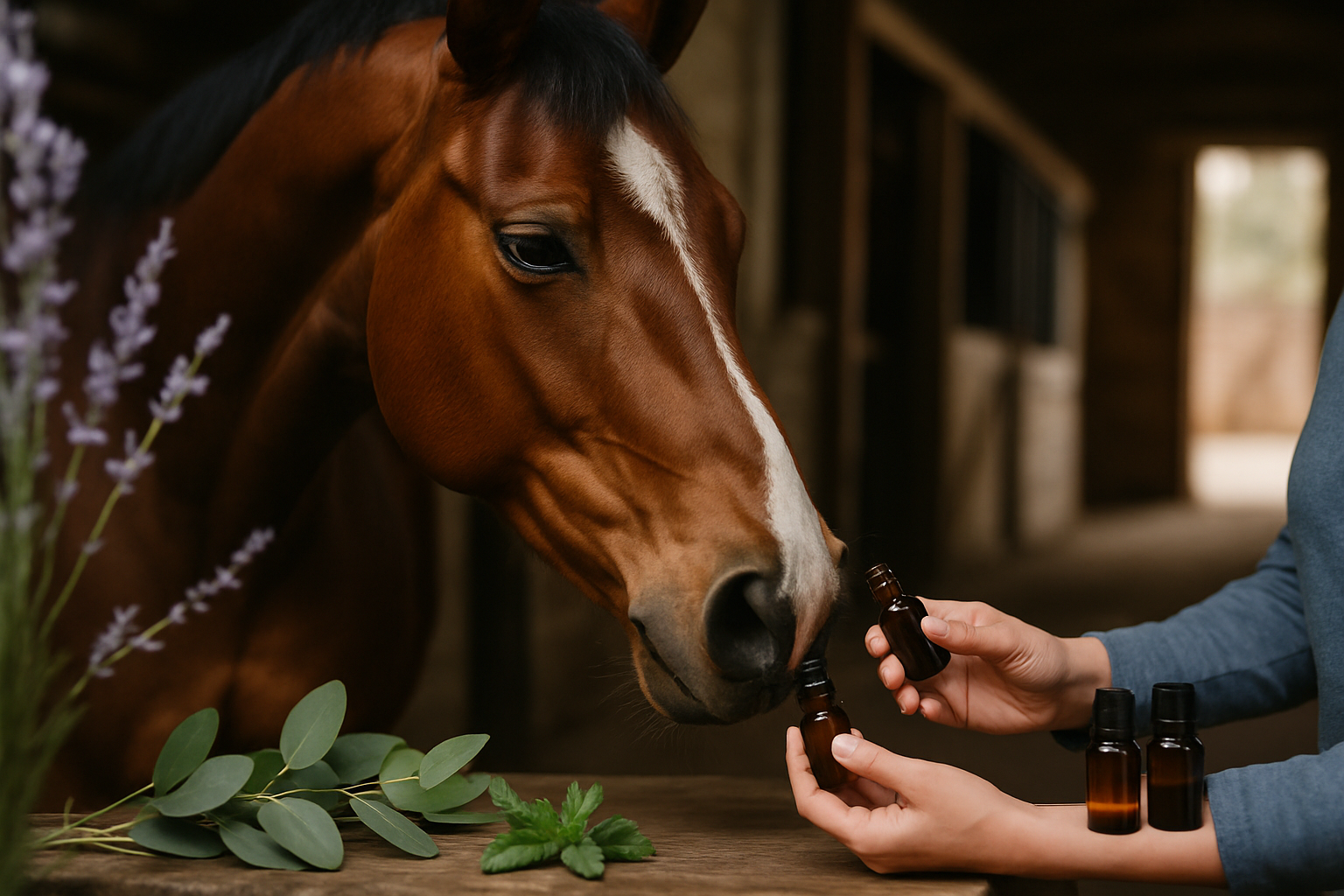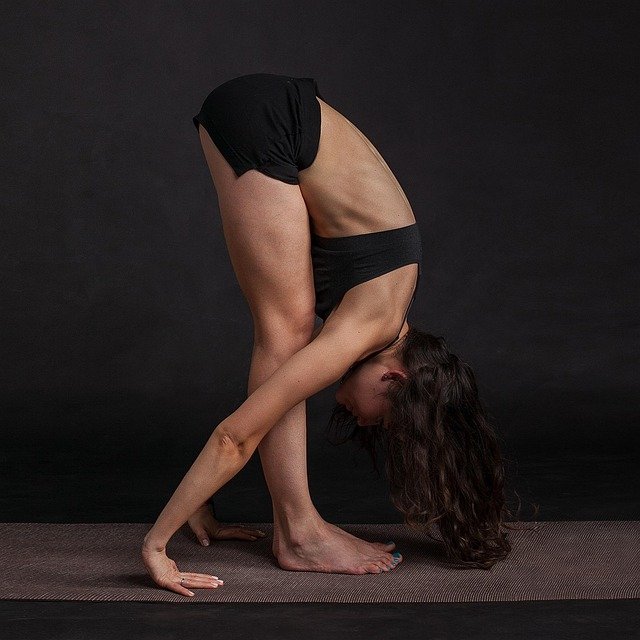Equine Aromatherapy: Scents and Sensibility for Horse Wellness
In the world of equine care, a fragrant revolution is taking place. Equine aromatherapy, once considered an alternative treatment, is galloping into mainstream horse management practices. This article explores the burgeoning field of using essential oils to enhance equine health and well-being, delving into its history, current applications, and future potential.

The Roots of Equine Aromatherapy
Aromatherapy’s journey into the equine world began in the late 20th century, inspired by its success in human alternative medicine. Pioneering equine therapists and holistic veterinarians started experimenting with essential oils, observing their effects on horses’ behavior and physical well-being. Early anecdotal evidence suggested that certain scents could influence equine mood and even alleviate some physical ailments.
As interest grew, so did the need for scientific validation. Research institutions began conducting studies to explore the efficacy of aromatherapy in horses. While initial findings were promising, the field faced skepticism from traditional veterinary circles. However, persistent advocates and mounting evidence gradually shifted perceptions, leading to a more widespread acceptance of aromatherapy as a complementary therapy in equine care.
Essential Oils and Their Equine Applications
The core of equine aromatherapy lies in the careful selection and application of essential oils. These concentrated plant extracts are chosen for their specific properties and potential benefits to horses. Lavender, for instance, is widely used for its calming effects, making it valuable in reducing stress during transportation or veterinary procedures.
Other popular oils in equine aromatherapy include eucalyptus for respiratory support, peppermint for digestive issues, and tea tree for its antiseptic properties. The application methods vary, from direct inhalation to diluted topical use or environmental diffusion. Practitioners emphasize the importance of proper dilution and administration, as horses’ sensitive systems can be overwhelmed by undiluted oils.
The Science Behind the Scents
Recent scientific studies have begun to unravel the mechanisms behind aromatherapy’s effects on horses. Research has shown that odor molecules interact with the horse’s olfactory receptors, triggering responses in the limbic system – the part of the brain responsible for emotions and behavior. This interaction can lead to physiological changes, including alterations in heart rate, cortisol levels, and immune function.
A study published in the Journal of Equine Veterinary Science found that horses exposed to lavender oil showed reduced heart rates and exhibited calmer behavior during potentially stressful situations. Another research project demonstrated the potential of peppermint oil in alleviating mild colic symptoms, suggesting its efficacy in supporting digestive health.
Integrating Aromatherapy into Equine Care
As evidence mounts, more horse owners and professionals are incorporating aromatherapy into their equine care routines. From high-performance sport horses to therapeutic riding programs, the applications are diverse. Trainers use calming scents to help horses focus during training sessions, while therapeutic riding centers employ aromatherapy to create a soothing environment for both horses and riders.
Veterinary clinics are also exploring the integration of aromatherapy into their practice. Some veterinarians use essential oils as complementary treatments for conditions such as respiratory issues, skin problems, and behavioral disorders. However, practitioners stress that aromatherapy should not replace conventional veterinary care but rather serve as a supportive therapy.
Challenges and Considerations
Despite its growing popularity, equine aromatherapy faces several challenges. The lack of standardized protocols and the variability in essential oil quality can lead to inconsistent results. Additionally, there’s a risk of misuse or overuse, which can potentially harm horses. Experts caution that aromatherapy should only be practiced by those with proper training and understanding of equine physiology.
Another consideration is the individual nature of horses’ responses to scents. What calms one horse might agitate another, necessitating a personalized approach. This variability underscores the importance of careful observation and adjustment when implementing aromatherapy programs.
The Future of Equine Aromatherapy
As research continues to expand, the future of equine aromatherapy looks promising. Ongoing studies are exploring new applications, such as using essential oils to repel insects naturally or enhance wound healing. There’s also growing interest in developing aromatherapy protocols for specific equine disciplines, tailoring scent blends to the unique needs of dressage horses, racehorses, or therapeutic riding mounts.
The market for equine aromatherapy products is expanding, with specialized essential oil blends and application tools becoming more readily available. Prices for these products can range from $20 for basic essential oils to over $100 for premium blends and diffusion systems designed specifically for equine use. This growing market reflects the increasing acceptance and demand for natural, holistic approaches to horse care.
In conclusion, equine aromatherapy represents an exciting frontier in horse wellness. By harnessing the power of scent, this approach offers a gentle yet potentially powerful tool for enhancing equine health and well-being. As research progresses and practices evolve, aromatherapy may well become an integral part of comprehensive equine care, bridging the gap between traditional veterinary medicine and holistic therapies. For horse enthusiasts and professionals alike, the aromatic world of equine wellness is one worth exploring, promising new ways to support and nurture our equine companions.





